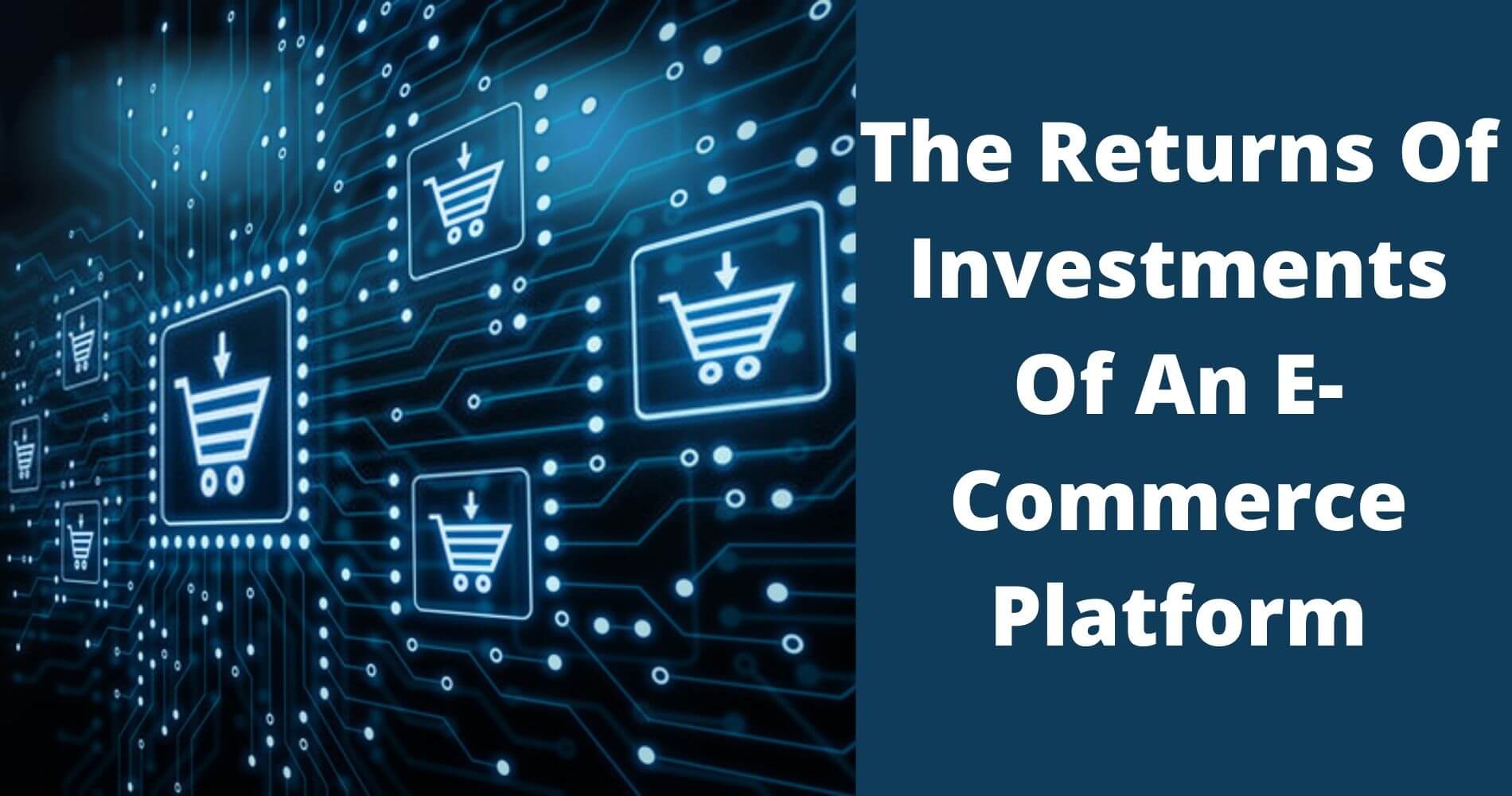The Returns Of Investments Of An E-Commerce Platform
Building an eCommerce platform takes a lot of investment from the owner and the website development team. From creating a website to fixing bugs and even improving website speed, there are many parameters to work on to improve customer experience. Improvement of these parameters needs a considerable amount of investment, both financially and timely. With so many parameters of investment, the returns of Investment or ROI of an eCommerce platform also matter a lot.
The Role Of ROI In An E-Commerce Platform
In the business sector, every move has an ROI linked with it which measures the profits generated from it. The idea behind the return of Investments arises from the fact that even a small amount of investment in the business sector is only made with its profitability in view. When it comes to the eCommerce sector, most of the investments are made on a digital scale.

Creating an eCommerce website with the help of eCommerce platforms is a major investment for the owner. The website is the primary interface for the business through which it interacts with the customers. Thus, the ROI metrics are counted on the level of eCommerce websites. ROI on an eCommerce platform is counted by including profits subtracted from investment/investmentsx100.
While traditional methods of ROI calculations have always worked for traditional businesses, the introduction of eCommerce businesses has created other ways of estimating the ROI. The ROI metrics for online business platforms relate to website traffic and online engagement from customers. The total number of visitors visiting the platform every day and how many people browse products also count as ROI metrics for eCommerce platforms. On the other hand, customer engagement and retention through e-commerce websites is also how the Return on Investment is calculated.
There are a number of e-metrics that count as parameters of ROI from online commerce platforms.
For example,
👉 Reach
The reach of a website is how many people it has reached and made an impression on. The website is the biggest marketing tool for your business. Thus, the more people it has interacted with, the more reach it has and the more successful it is. A high reach indicates that your brand and products are popular and in demand. New entrants into the eCommerce sector try to increase their reach the most because it means that more people are aware of the brand. High reach indicates greater brand visibility which is one of the primary goals of eCommerce brands.
👉 Acquisition
The acquisition is the acquiring of visitors and traffic to the website, which indicates a higher number of people becoming interested in the products. The acquisition process creates more leads that can be converted into active customers.
👉 Retention
Customer retention is a parameter that has already been discussed in this article. Apart from first-time customers, retained customers also count as a sign of success and a parameter of ROI. This is because a high customer retention rate indicates that the website sustains its relevance and offers products to satisfy customer demand at all times.
These are some of the basic parameters of ROI on an eCommerce platform. The returns on investment are an important factor in any business, even an eCommerce business.
